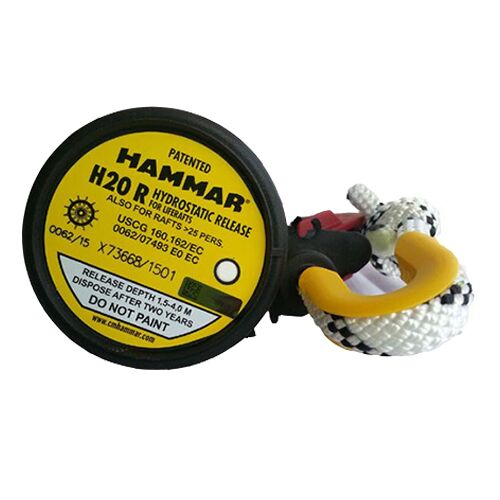About product
Marine Hydrostatic Release Unit (HRU) is an essential marine safety equipment used to securely attach free-floating devices, such as life rafts and emergency beacons, to a ship. In the event of a ship sinking or other emergencies, the HRU automatically or manually releases the attached device. It ensures the safe deployment of the life raft when the water depth is no more than 4 meters. HRUs play a critical role in enhancing the effectiveness of emergency equipment for maritime safety.
- Automatically releases free-floating devices in emergency situations.
- Operates based on hydrostatic pressure.
- Consists of a housing with a mechanism sensitive to water pressure.
- Automatic HRU releases devices when a specific water pressure is reached.
- Manual HRU allows for manual release of devices regardless of water pressure.


